- Joined
- Mar 31, 2018
- Messages
- 1,875
Nice haul! May I inquire into that nos helve down in front with the teal sticker? I'll shoot you an email if you are selling it!IMG_20200603_133235 by Justin Lyttle, on Flickr
The BladeForums.com 2024 Traditional Knife is ready to order! See this thread for details:
https://www.bladeforums.com/threads/bladeforums-2024-traditional-knife.2003187/
Price is $300 $250 ea (shipped within CONUS). If you live outside the US, I will contact you after your order for extra shipping charges.
Order here: https://www.bladeforums.com/help/2024-traditional/ - Order as many as you like, we have plenty.
Nice haul! May I inquire into that nos helve down in front with the teal sticker? I'll shoot you an email if you are selling it!IMG_20200603_133235 by Justin Lyttle, on Flickr



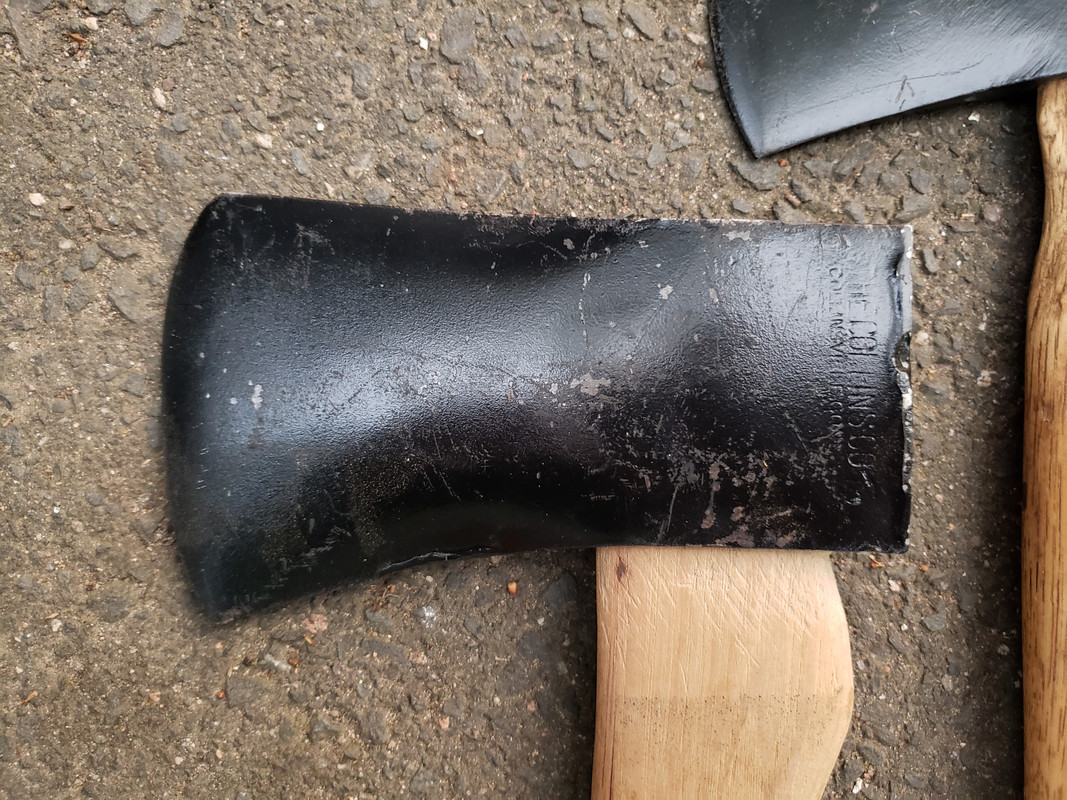

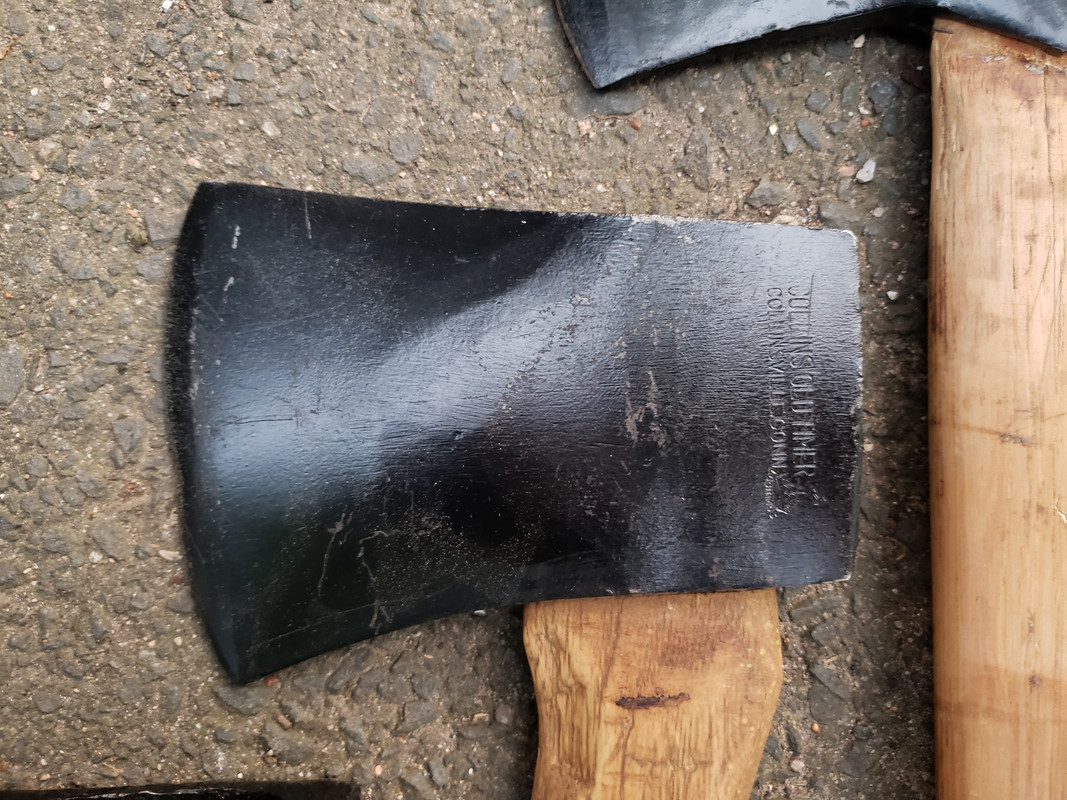
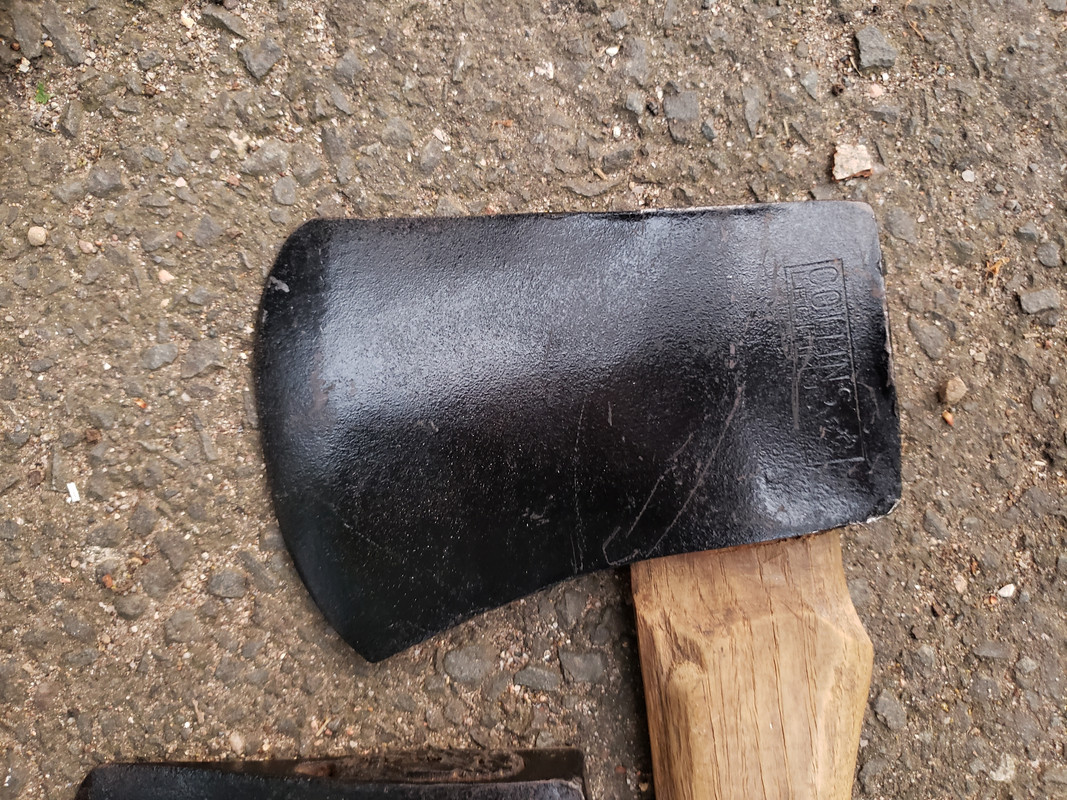

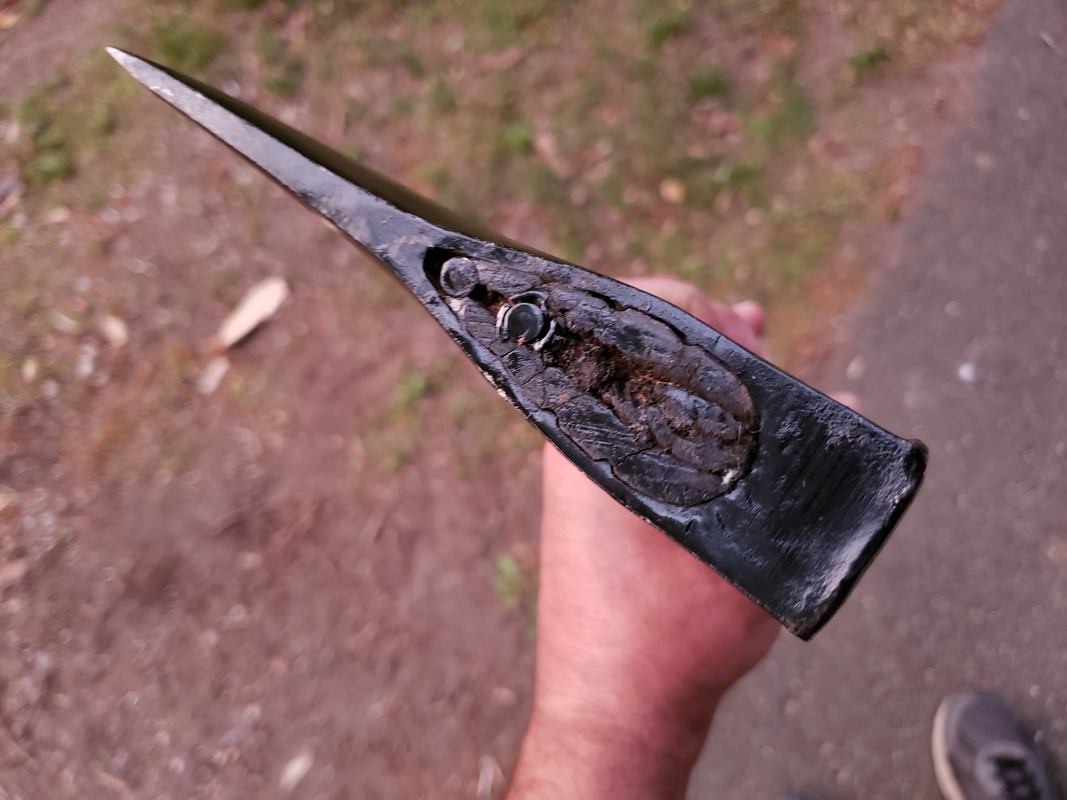

Haul? Or mother load? That is unbelievable! Great find!A sweet Collins score tonight up in Winsted CT.










Cant have enough Collins
Miller strikes again!A sweet Collins score tonight up in Winsted CT.










Cant have enough Collins
Three years ago JB kept finding weirdly shaped handles. Top of the pic axe with black tape and the one underneath Rockaway axe are just few examples of those handles.
Have I, by accident, stumbled on possible explanation for those peculiar hafts? This handle looks commercially made to me.

https://www.worthpoint.com/worthopedia/excellent-ship-builders-mast-makers-2003563597
I believe the seller was wrong calling it a Masting axe and it is actually New England pattern.


https://archive.org/details/DouglasAxeMfgCoCatalogue1873/page/n71/mode/2up
The same catalog lists Ship pattern model (seems to be longer with narrower cutting edge in comparison to New England):Some makers called that a masting axe.
Would you agree that this is a ship pattern?
View attachment 1354376
View attachment 1354377
I wish I could find out something about who made it and when. T-A
Head is stamped "2", "D.R. Barton", "JW" and "U.S.I googled Dr Barton and found a reference to unusual curved handles. Mine has that for sure, but it has no oval logo and virtually no patina
View attachment 1354475
View attachment 1354476
It also has "J.W." deeply stamped on the opposite side. It's all rather a mystery to me! Thanks for the Dr Barton lead. T-A

The "J.W." on mine is a match. Also, there is another mark beyond the BARTON, apparently a partial character, that might be a model number. But how can my axe be 140+ years old with a finish that looks so nearly new?? This tool was NOT sold to me as a priceless nineteenth century treasure for some great sum of money; I paid twenty-some-odd dollars for it at a local garage sale. Sounds too good to be true, don't you think?Head is stamped "2", "D.R. Barton", "JW" and "U.S.
Yeah, I will take off your hands: $28 seems fair? LOLThe "J.W." on mine is a match. Also, there is another mark beyond the BARTON, apparently a partial character, that might be a model number. But how can my axe be 140+ years old with a finish that looks so nearly new?? This tool was NOT sold to me as a priceless nineteenth century treasure for some great sum of money; I paid twenty-some-odd dollars for it at a local garage sale. Sounds too good to be true, don't you think?
Thanks for the link. T-A
The same catalog lists Ship pattern model (seems to be longer with narrower cutting edge in comparison to New England):



I googled Dr Barton and found a reference to unusual curved handles. Mine has that for sure, but it has no oval logo and virtually no patina
View attachment 1354475
View attachment 1354476
It also has "J.W." deeply stamped on the opposite side. It's all rather a mystery to me! Thanks for the Dr Barton lead. T-A
This tool was NOT sold to me as a priceless nineteenth century treasure for some great sum of money; I paid twenty-some-odd dollars for it at a local garage sale. Sounds too good to be true, don't you think?
Head is stamped "2", "D.R. Barton", "JW" and "U.S.

https://www.worthpoint.com/worthopedia/vintage-antique-huge-r-barton-1955410236
In 1865 on the 17th of March the great flood of Rochester occurred. It destroyed his manufacturing building that he had purchased in 1832. He borrowed $200,000 from Royal & William Mack to rebuild his company. They became partners until 1873 when David bought back his company. At that point he started stamping his tools D.R. Barton 1832 verses the Mack's were still making tools as D.R. Barton and Company. On April 26th 1875 he passed away after a short illness. His wife and son sold the company back to the Mack's a year later and they used his name for about 5 more years.
https://www.davistownmuseum.org/bioBarton.html
I can understand flood damage. What really boggles my mind are fires. W.C. Kelly might have set few fires on purpose but if you look into Douglas Axe Co, Mann clan, even McKinnon it is never ending story of shops burning down. I wish I knew how those started. Is there a list of safety measures to prevent fires in blacksmith facilities?Kinda a rough, sad story here...well, not for thw Macks
Beautiful masting axe...that handle man! Sweet
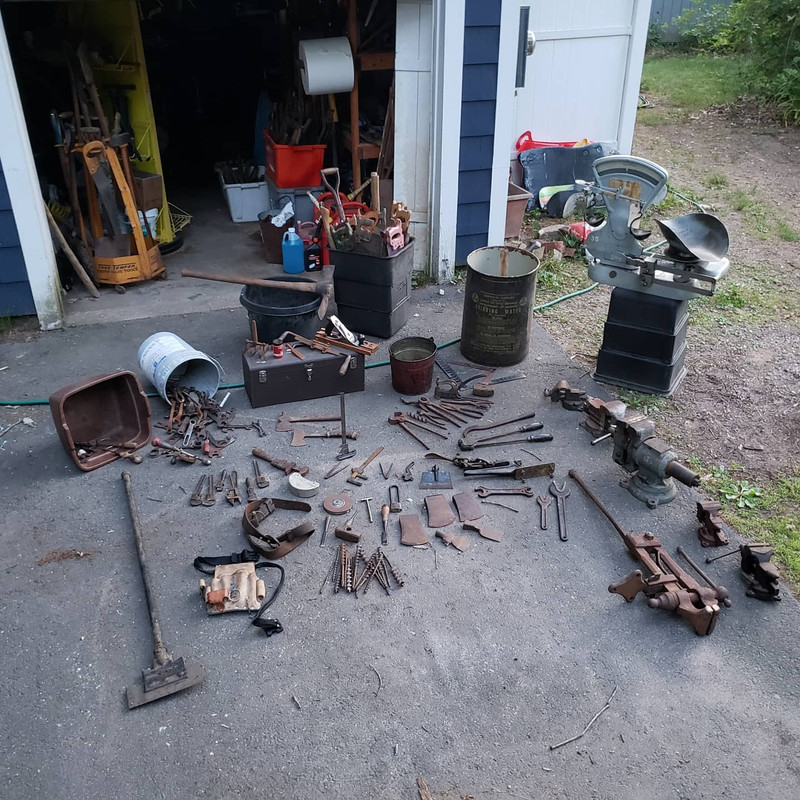


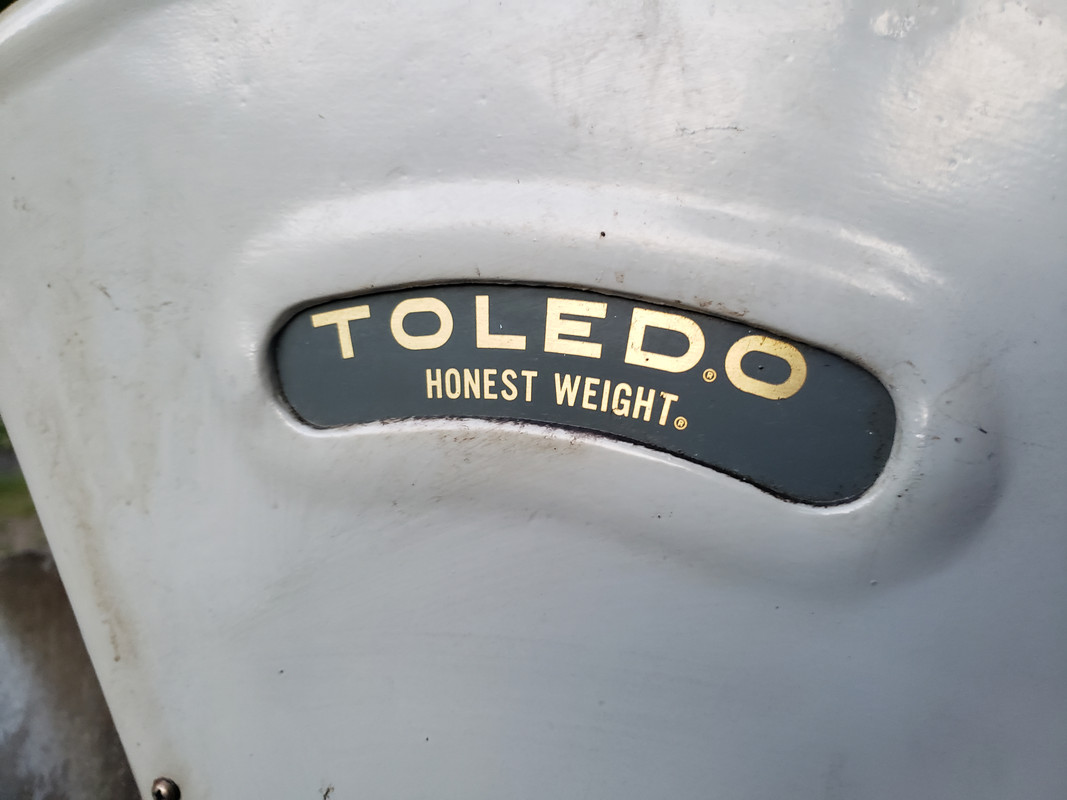
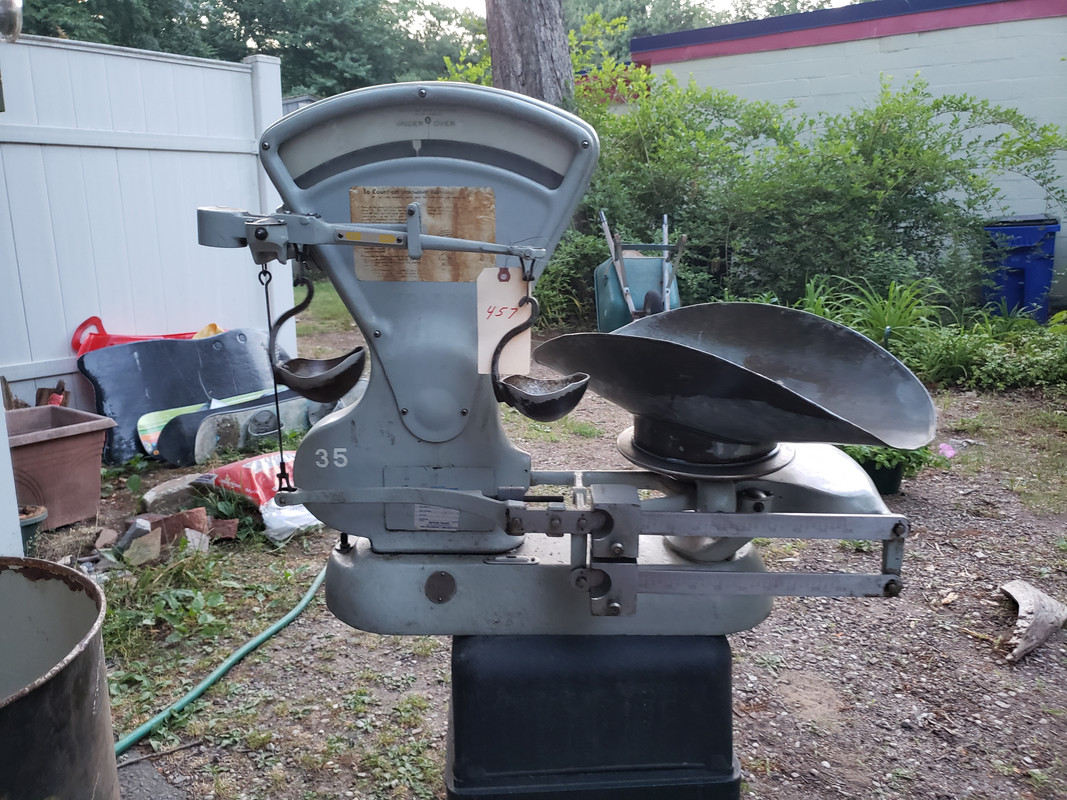

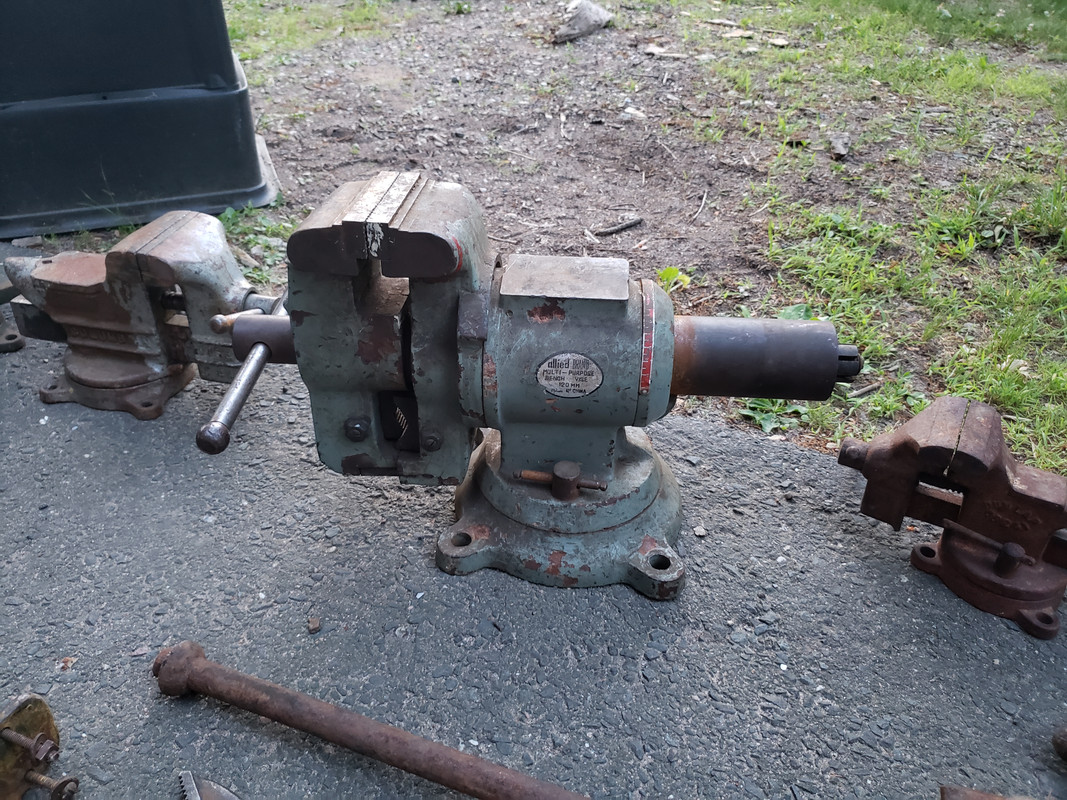
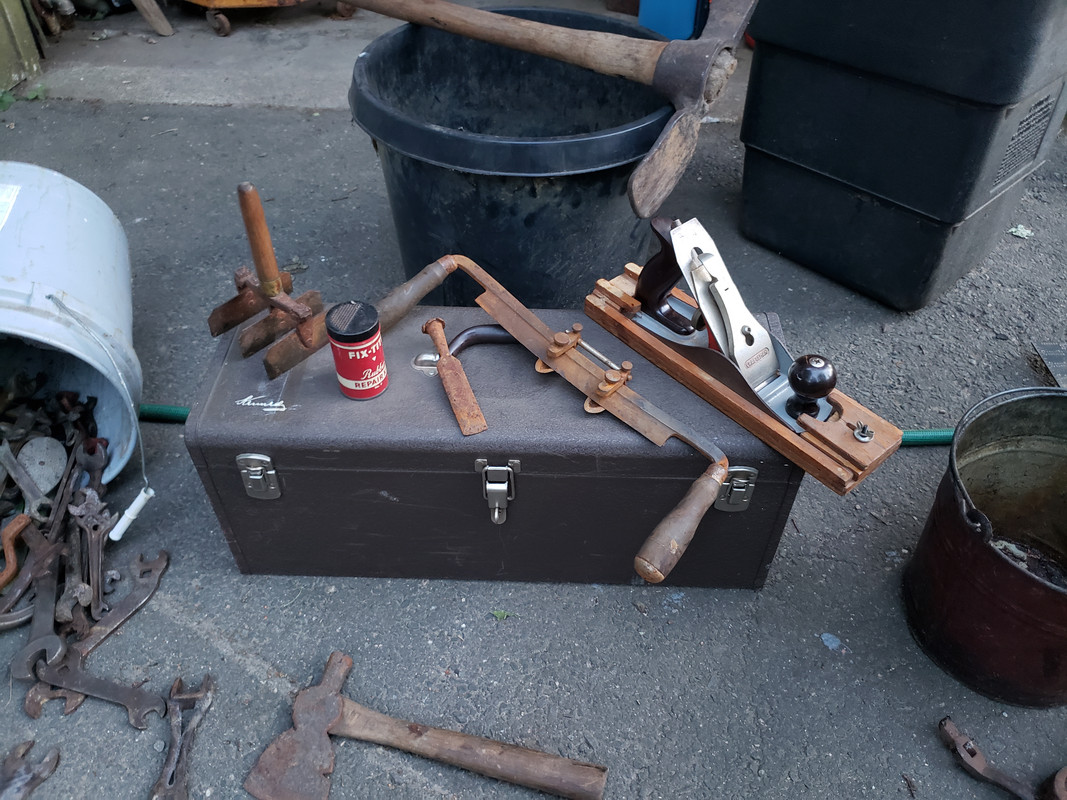


Happy fathers day sir! Nice score!!!Fathers Day 2020











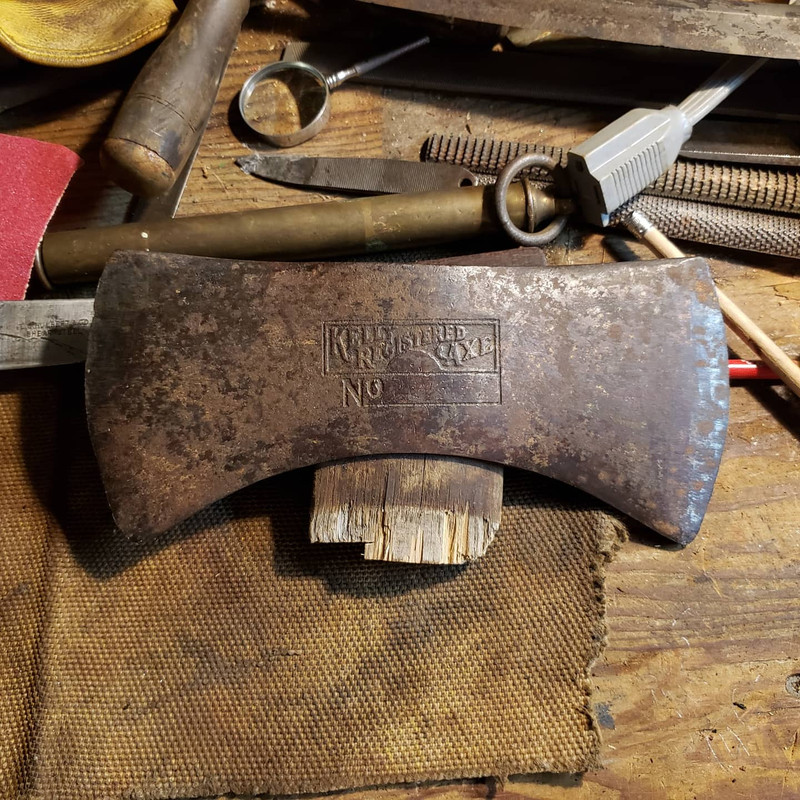


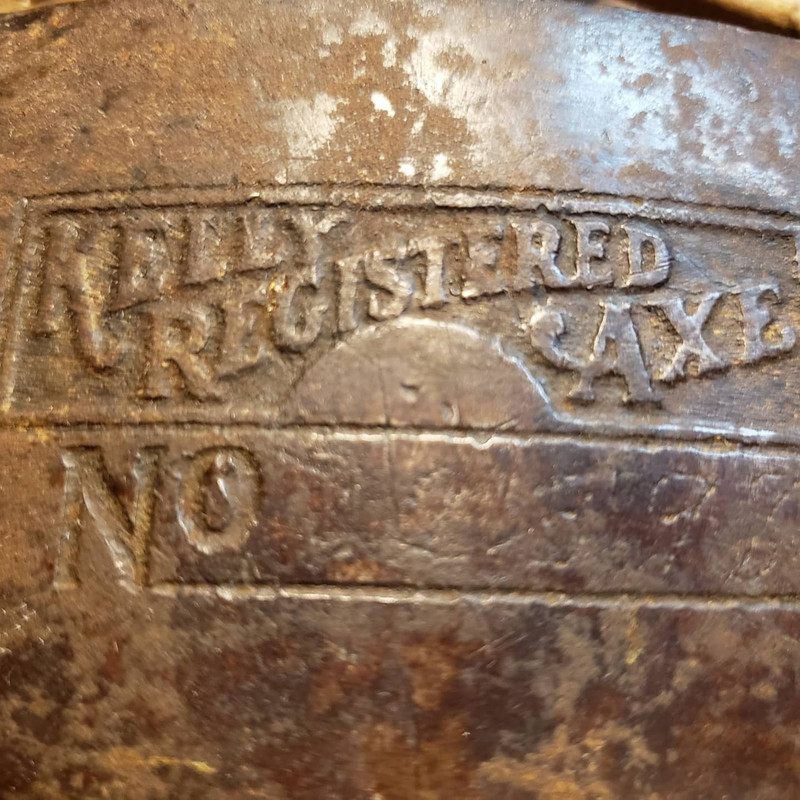
Happy Fathers Day
